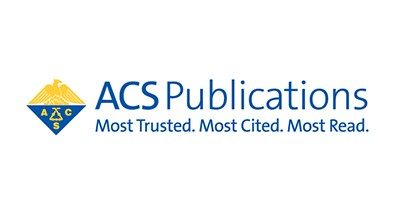FOR IMMEDIATE RELEASE
ACS News Service Weekly PressPac: November 17, 2021
Recent advances in DNA computing
DNA molecules encode the instructions for life itself. They make up the genes responsible for everything from hair color to disease risk. And as if that weren’t enough, DNA can also perform calculations and compute! The molecules are fully programmable and can perform calculations very quickly in parallel, making them ideal for complex and time-consuming operations. Below are some recent papers published in ACS journals that report on innovations in DNA computing.
“Advances in Applications of Molecular Logic Gates”
ACS Omega
Nov. 6, 2021
This review discusses recent advances in molecular logic gates, including those that incorporate DNA. The researchers describe how the gates are being used to monitor water quality, test food safety, and diagnose and treat diseases.
“CRISPR-Powered DNA Computing and Digital Display”
ACS Synthetic Biology
Oct. 27, 2021
In this paper, the researchers developed a microfluidic chip with CRISPR reactions freeze-dried onto it that can perform and display the results of several different types of mathematical calculations, such as obtaining the square root of a number. They say the chip could someday be used to encrypt and conceal messages.
“Programmable DNAzyme Computing for Specific In Vivo Imaging: Intracellular Stimulus-Unlocked Target Sensing and Signal Amplification”
Analytical Chemistry
Aug. 27, 2021
Some biomarkers of cancer are present in both healthy and tumor tissues, just at slightly different levels. To distinguish these types of cells in living mice, the authors of this paper used programmable DNAzyme computing, which also could image the tumors, making them visible with fluorescent light.
“DNA Computing: NOT Logic Gates See the Light”
ACS Synthetic Biology
June 18, 2021
Researchers have used DNA to perform Boolean “AND” and “OR” functions, but it’s been difficult to construct “NOT” gates, in which the absence of an input is converted into an output. And premature execution of a “NOT” function can produce erroneous results. So, for greater control, this group created a novel photoactivatable “NOT” gate that responds to microRNA sequences.
###
The American Chemical Society (ACS) is a nonprofit organization chartered by the U.S. Congress. ACS’ mission is to advance the broader chemistry enterprise and its practitioners for the benefit of Earth and all its people. The Society is a global leader in promoting excellence in science education and providing access to chemistry-related information and research through its multiple research solutions, peer-reviewed journals, scientific conferences, eBooks and weekly news periodical Chemical & Engineering News. ACS journals are among the most cited, most trusted and most read within the scientific literature; however, ACS itself does not conduct chemical research. As a leader in scientific information solutions, its CAS division partners with global innovators to accelerate breakthroughs by curating, connecting and analyzing the world’s scientific knowledge. ACS’ main offices are in Washington, D.C., and Columbus, Ohio.
To automatically receive press releases from the American Chemical Society, contact newsroom@acs.org.
Note: ACS does not conduct research, but publishes and publicizes peer-reviewed scientific studies.
Media Contact
ACS Newsroom
newsroom@acs.org


